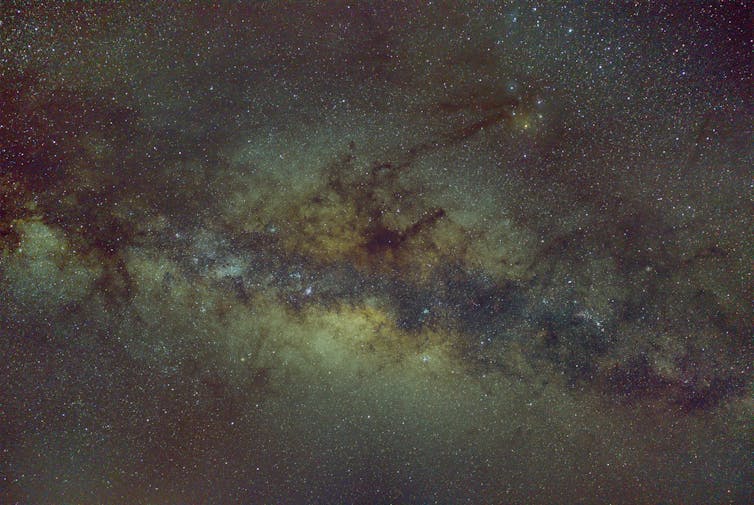Western Digital Unveils World's First 8TB SD Card and 16TB External SSD at Conference
Australia Conducts First Test of Raytheon SM-6 Missile
OnePlus Pad 2 Review: A New Challenger in the Tablet Market
OnePlus Buds Pro 3: Design and Pricing Details Unveiled
Valve's Unannounced Hero Shooter 'Deadlock' Draws in Over 10,000 Players
The Loss of the Milky Way: A Century of Light Pollution

For over 100,000 years, humans have gazed at the night sky, marveling at the stars and the Milky Way galaxy. This celestial sight has been a source of wonder and inspiration for cultures worldwide, connecting us to the vastness of the universe.
However, light pollution has dimmed this view for nearly 3 billion people, severing their link to the cosmos and the sense of deep time it embodies. Just a century ago, even major cities could still witness the beauty of the Milky Way and the twinkling stars scattered across the sky.
So, what led to this loss, and how can we restore the darkness of the night sky? Light pollution, caused by the upward spill of artificial light, is the primary culprit. Factors like poor lighting design, inefficient fixtures, and unnecessary illumination have fueled the rapid growth of light pollution in urban areas.
Streetlights contribute significantly to light pollution, accounting for 20% to 50% of the total in a city. Other sources include floodlights from sports venues, billboards, and indoor and outdoor lighting in residential areas. To combat this issue and bring back the brilliance of the night sky, efforts must be made to reduce light pollution and promote responsible lighting practices.